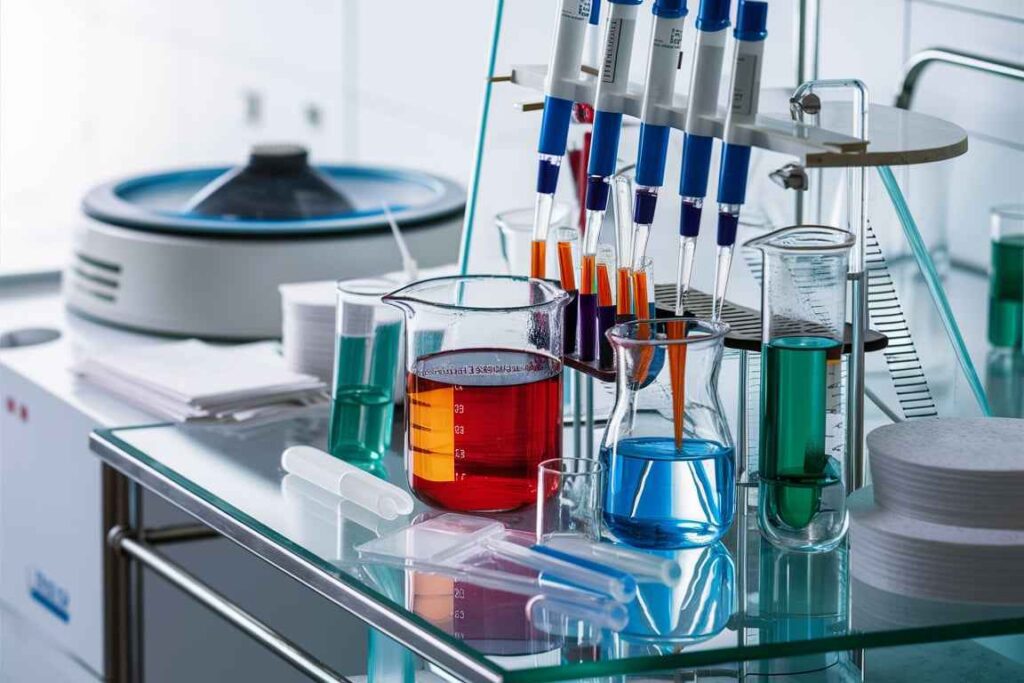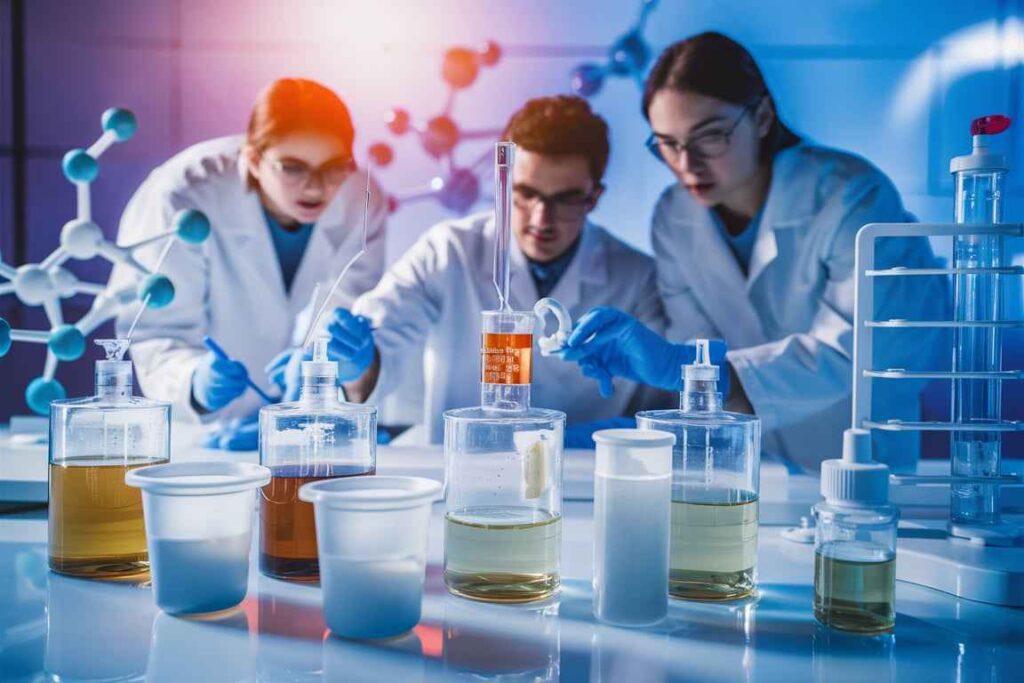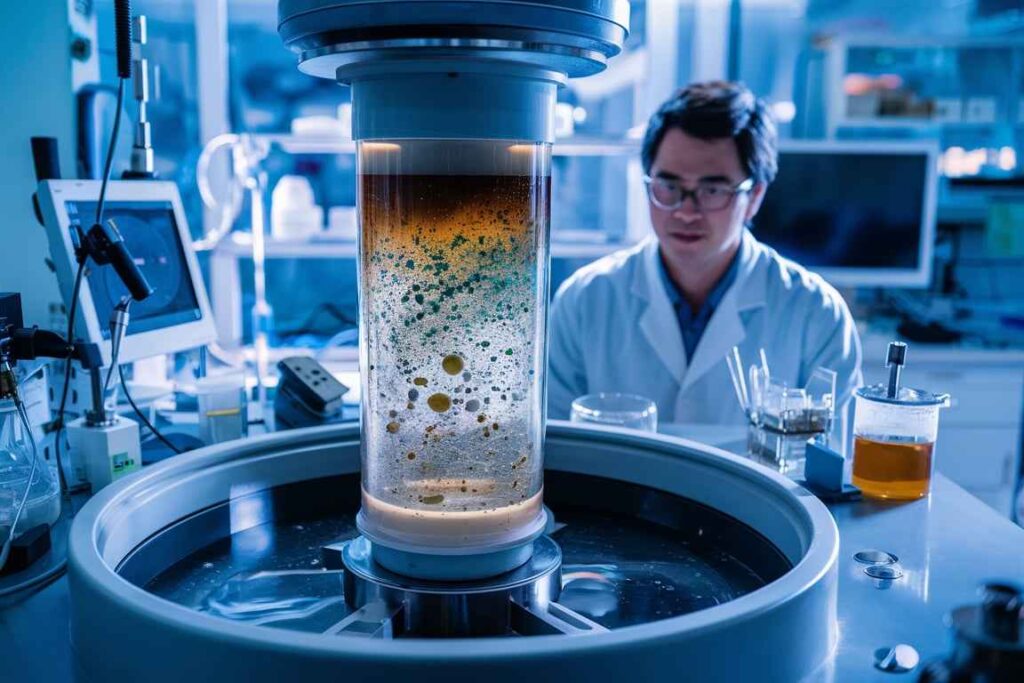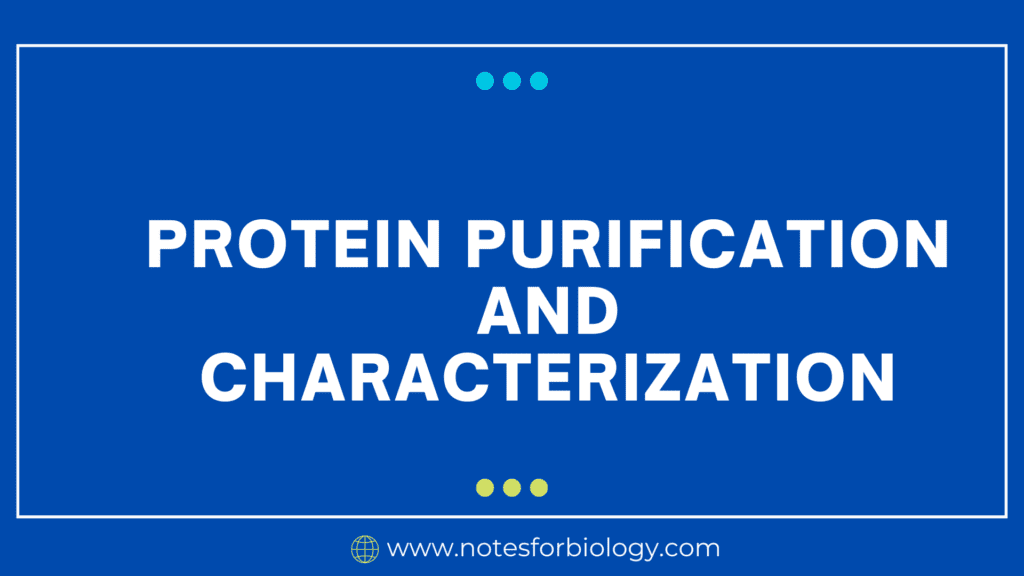Protein purification and characterization are essential steps in studying the structure, function, and behavior of proteins. These processes involve isolating a specific protein from a complex mixture, and then analyzing its properties to understand its biological significance.
Table of Contents
Protein Purification
There are several methods for protein purification, including chromatography, electrophoresis, and affinity purification. Each method has its advantages and limitations, and the choice of method depends on the properties of the target protein.

Protein purification and characterization are fundamental techniques in biochemistry and molecular biology. They are essential for studying protein structure, function, and interactions. Protein purification and characterization are essential steps in studying the structure, function, and behavior of proteins. These processes involve isolating a specific protein from a complex mixture, and then analyzing its properties to understand its biological significance.
Protein Purification Objectives
Once a protein is purified, it must be characterized to determine its purity, stability, activity, and structure. Techniques such as SDS-PAGE (sodium dodecyl sulfate-polyacrylamide gel electrophoresis), Western blotting, mass spectrometry, circular dichroism spectroscopy, and X-ray crystallography can be used to assess these properties.

- To separate a specific protein from a complicated mixture (such as cell lysate).
- To get the protein in a pure and active state for future investigation.
Steps and Techniques
Preparation of crude extract:
- Cell lysis is the process of breaking open a cell to liberate proteins. Sonication, homogenization, freeze-thaw cycles, and chemical lysis are all possible methods.
- Clarification is the removal of cell debris using centrifugation or filtration.
Purification Methods:
- Salting Out: The process of precipitating proteins with high salt concentrations (for example, ammonium sulfate).
- Dialysis is the process of removing tiny molecules via diffusion via a semipermeable membrane; it is commonly used to desalt or replace the buffer.
- Chromatography: Ion Exchange. Chromatography separates proteins based on their charge.
- Size-Exclusion Chromatography (Gel Filtration) separates proteins according to their size.
- Affinity Chromatography uses specific binding interactions (e.g., antibody-antigen, enzyme-substrate) to extract the target protein.
- Hydrophobic Interaction Chromatography: Separates proteins based on their hydrophobicity.
Ultracentrifugation is a technique that uses high-speed centrifugation to separate proteins according to their size and density.

Purification Monitoring
- SDS-PAGE (Sodium Dodecyl Sulfate Polyacrylamide Gel Electrophoresis): To assess purity and estimate molecular weight.
- Western Blotting: To detect specific proteins using antibodies.
- Enzyme Assays: To measure the activity of enzymatic proteins.
Protein Characterization
Objectives
- To determine the structural and functional properties of the purified protein.
- To understand the protein’s behavior under different conditions.
Techniques
Molecular weight and purity:
- SDS-PAGE: To determine molecular weight and purity.
- Mass Spectrometry (MS) provides accurate molecular weight and can detect post-translational changes.
Amino Acid Sequence:
- Edman Degradation: The N-terminal amino acids are removed sequentially and identified.
- Mass spectrometry (e.g., tandem MS/MS) For peptide sequencing and identifying proteins
Structure Analysis:
- X-ray crystallography: Determines the 3D structure of crystalline proteins with atomic resolution.
- Nuclear Magnetic Resonance (NMR) Spectroscopy: Provides structural information about the solution, including dynamic properties.
- Cryo-electron microscopy (Cryo-EM) is a technique for examining big protein complexes and membrane proteins at near-atomic resolution.
Functional assays:
- Enzyme Kinetics: Quantifies reaction rates and substrate affinities.
- Ligand Binding Assays: Determine binding affinities and kinetics.
- Circular Dichroism (CD). Spectroscopy is used to analyze secondary structures such as α-helices and β-sheets.
Protein interactions:
- Co-Immunoprecipitation (Co-IP) is used to identify protein-protein interactions.
- Surface Plasmon Resonance (SPR): To investigate interaction kinetics and affinities.
- The yeast two-hybrid assay is used to find interacting protein partners.
Stability and folding:
- Differential Scanning Calorimetry (DSC) measures thermal stability.
- Fluorescence Spectroscopy: Used to investigate folding and conformational changes.
Frequently Asked Question
Define Protein Purification.
Protein purification and characterization are fundamental techniques in biochemistry and molecular biology. They are essential for studying protein structure, function, and interactions.
What are the Protein purification Methods ?
The Protein purification Methods are
Salting Out: The process of precipitating proteins with high salt concentrations (for example, ammonium sulfate).
Dialysis is the process of removing tiny molecules via diffusion via a semipermeable membrane; it is commonly used to desalt or replace the buffer.
Chromatography: Ion Exchange. Chromatography separates proteins based on their charge.
Size-Exclusion Chromatography (Gel Filtration) separates proteins according to their size.
Affinity Chromatography uses specific binding interactions (e.g., antibody-antigen, enzyme-substrate) to extract the target protein.
Hydrophobic Interaction Chromatography: Separates proteins based on their hydrophobicity.
Related Article

